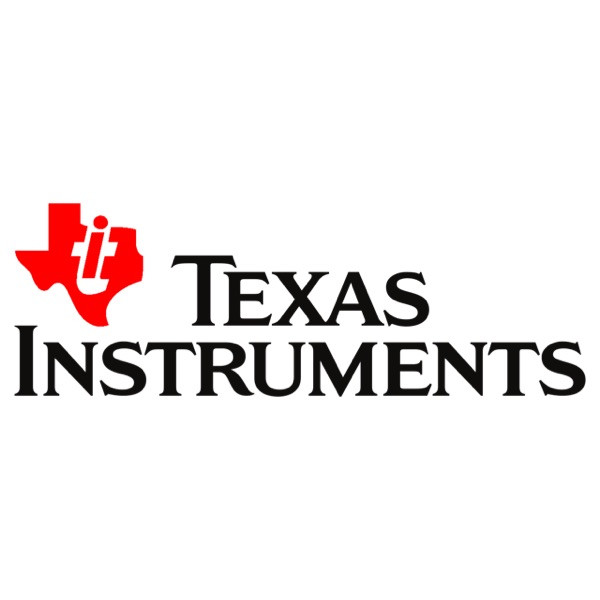Dual-supply bus transceiver resolves voltage level mismatch between devices
15-08-2018 | Texas Instruments | Power
The Texas Instruments SN74AXCH8T245 device is an 8-bit non-inverting bus transceiver that resolves voltage level mismatch between devices operating at the latest voltage nodes (0.7V, 0.8V, and 0.9V) and devices operating at industry standard voltage nodes (1.8V, 2.5V, 3.3V) and vice versa.
The device operates by using two independent power-supply rails (VCCA and VCCB). Data pins A1 through A8 are designed to track VCCA, which accepts any supply voltage from 0.65V to 3.6V. Data pins B1 through B8 are designed to track VCCB, which accepts any supply voltage from 0.65V to 3.6V. Also, the device is compatible with a single-supply system.
The device is intended for asynchronous communication between data buses. The device transmits data from the A bus to the B bus or from the B bus to the A bus, dependent on the logic level of the direction-control inputs (DIR1 and DIR2). The output-enable (OE) input is used to disable the outputs, so the buses are effectively isolated.
The device is devised, so the control pins (DIR and OE) are referenced to VCCA.
This device is fully specified for partial-power-down applications using Ioff. The Ioff circuitry disables the outputs when the device is powered down. This inhibits current backflow into the device which prevents damage to the device.
The VCC isolation feature ensures that if either VCC input supply is below 100 mV, all level shifter outputs are disabled and placed into a high-impedance state. To assure the high-impedance state of the level shifter I/Os during power up or power down, OE should be tied to VCCA through a pull-up resistor; the minimum value of the resistor is determined by the current-sinking capability of the driver.

By Electropages

SN74AXCH8T245

